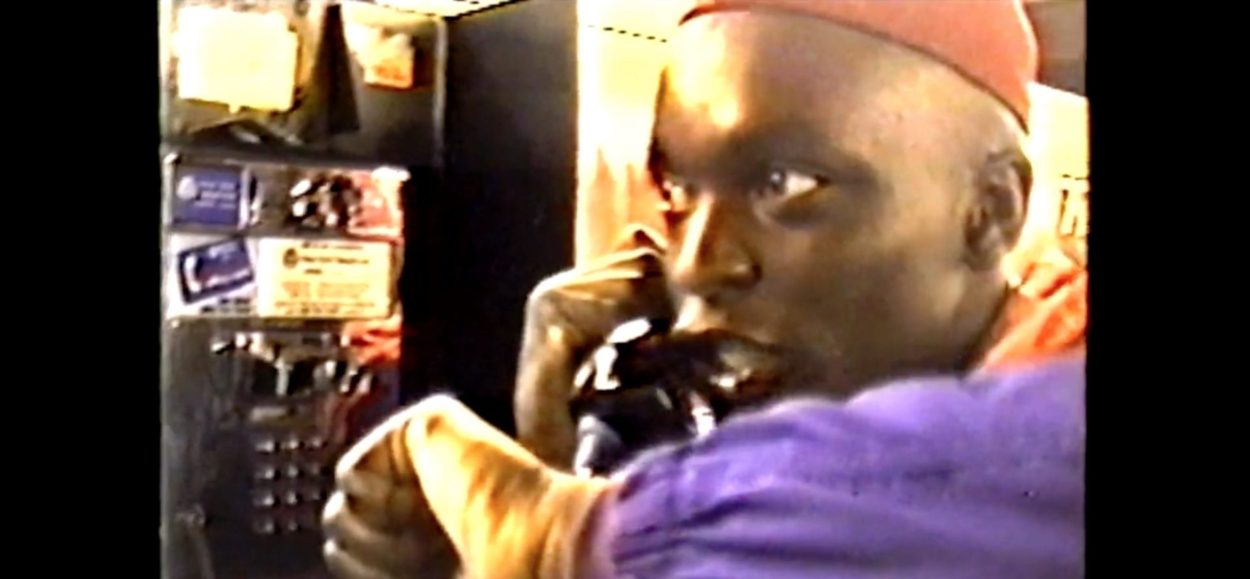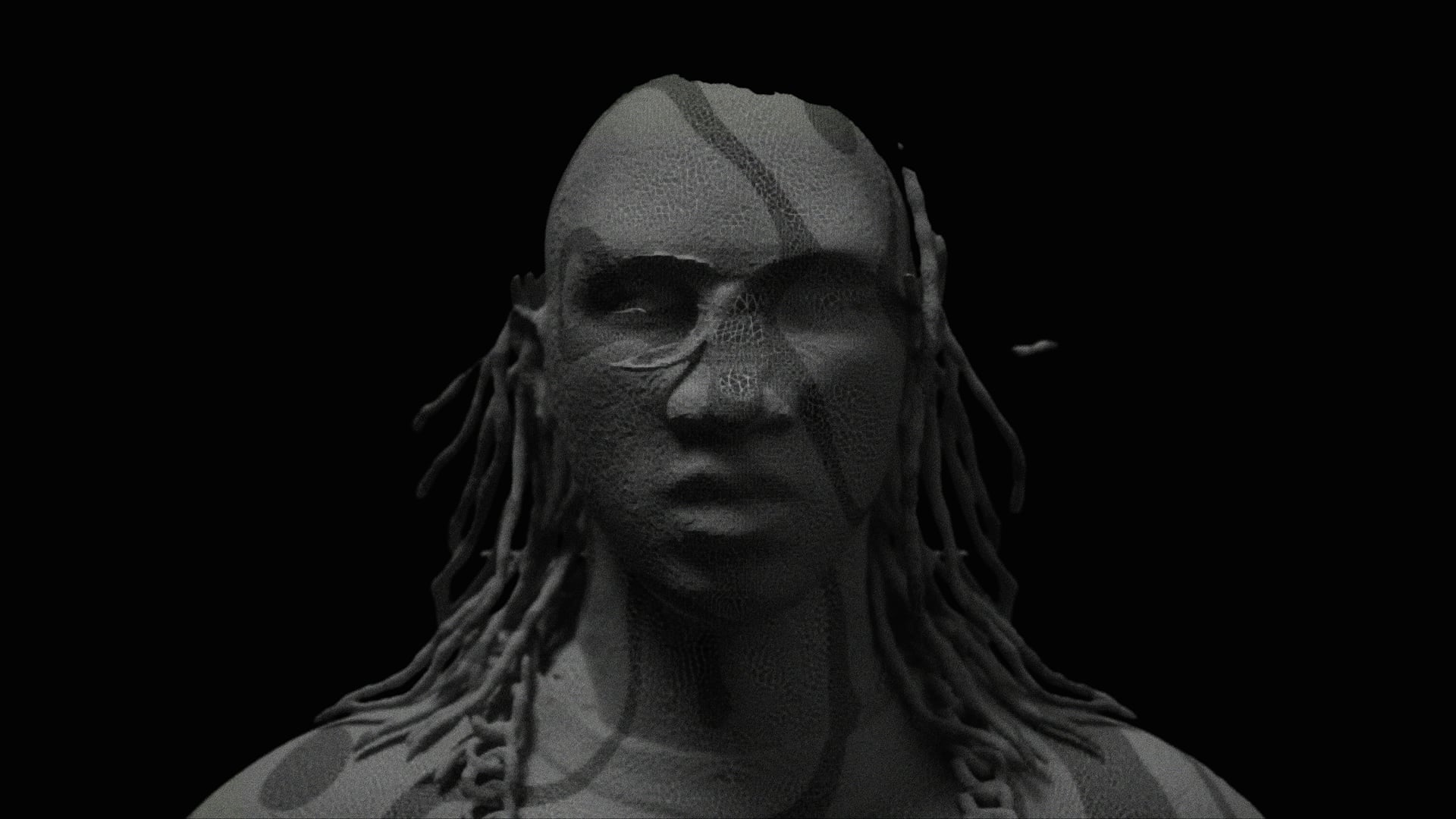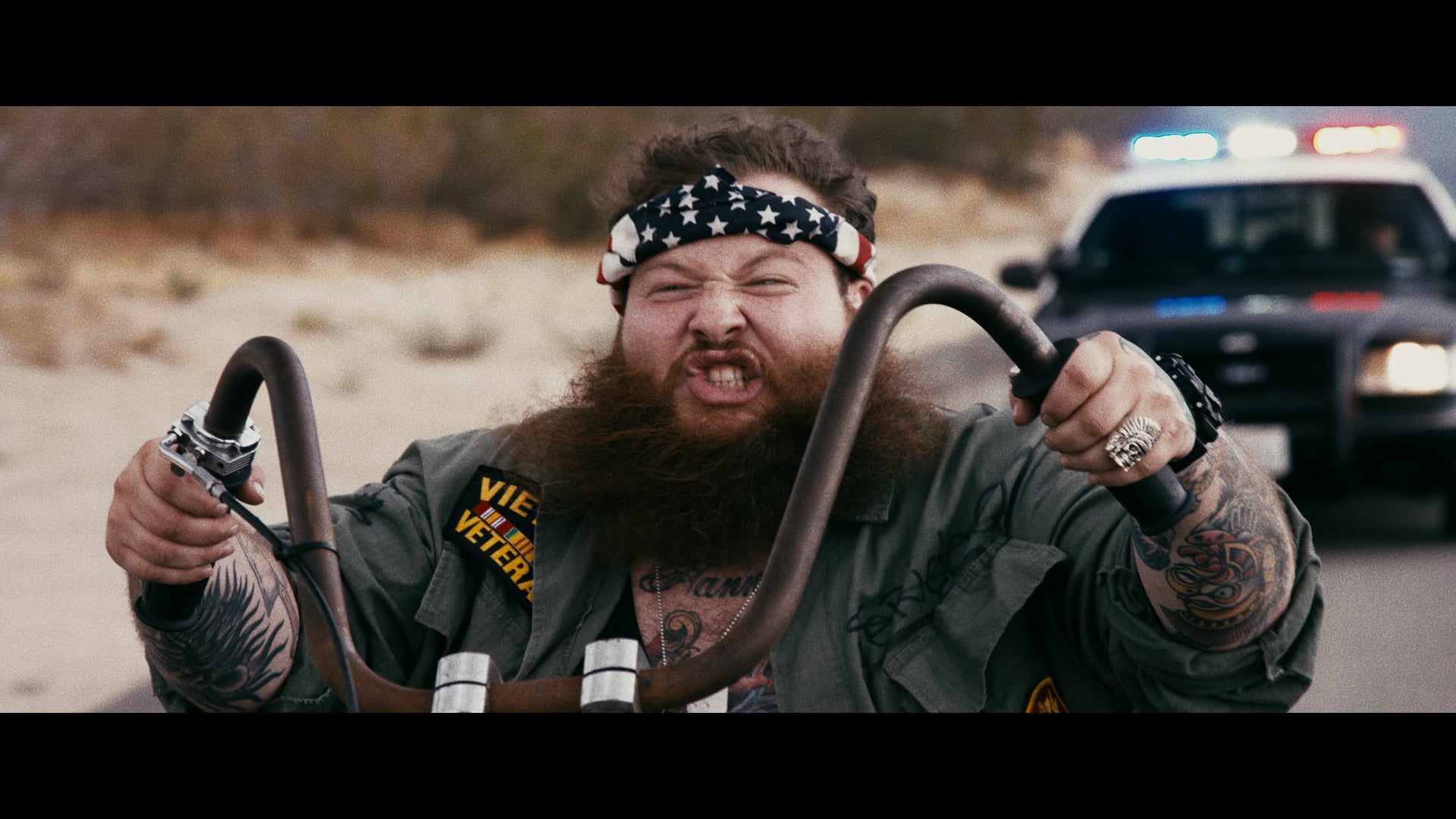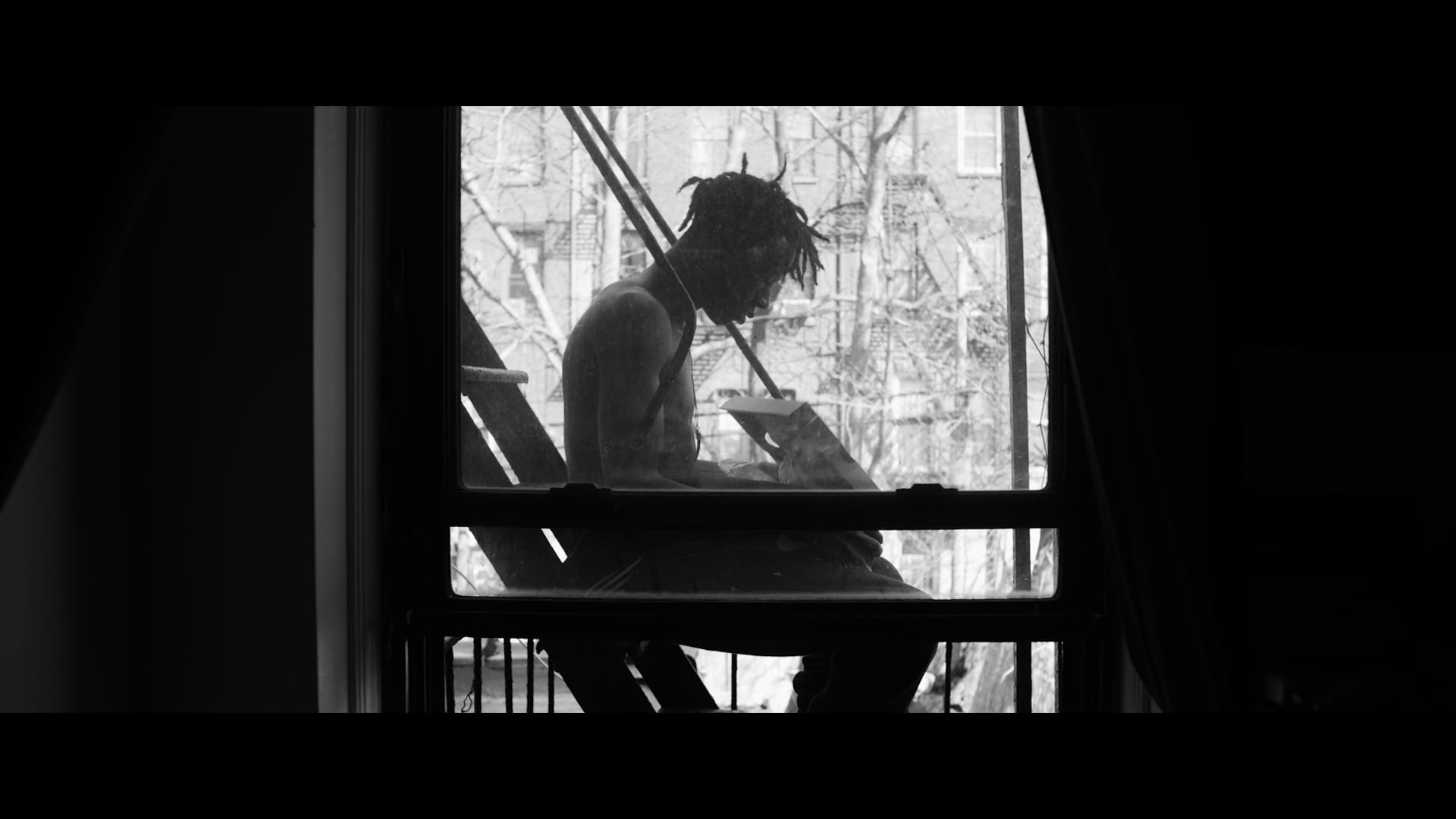How do you go about getting the trust of your subjects to reveal themselves with such honesty?
To me it’s about being a real person, and being someone who is able to relate to people from all backgrounds. I was lucky enough to have a very mixed upbringing that introduced me to people and personalities from all over; so I feel a lot of that has stuck with me and from that I learned compassion and humility. It’s those qualities that I try to bring out in the subjects I work with; I aim to relate to them and to just be honest and natural. I feel if someone senses that you are honest and have the right intentions then that’s when they are open to reveal themselves.
For instance please tell us how the connection with the Brooklyn groups in Bury Me With The Lo On started and evolved?
My first introduction to the Lo Lifes was in 2002 when I was a teenager still living in New Zealand. I was told about this gang from Brooklyn who were obsessed with all things Ralph Lauren and heard the stories of them acquiring the brand by any means, and that fascinated me. There was this connotation of taking something that wasn’t meant for you and making it your own, and I saw something special in that. Then after seeing pictures of them from the late 80s all wearing matching stolen Polo outfits, head to toe, I knew I wanted to document it for myself.
I moved to New York in 2009 and through mutual friends I was introduced to Thirstin Howl the 3rd in 2010, the founder of the Lo Lifes. We became friends and later that year we began working on a book titled ‘Bury Me With The Lo On’ and the subsequent film. We worked together over the course of six years and through that time I met and formed friendships with many of the original Lo Life members and others from within this unique subculture. I think being a kid from a small island in the South Pacific with a strange accent helped with forming bonds in these kind of situations – I think it took people by surprise that I had travelled all this way to shoot them and that we actually had things in common.
How did the collaborative relationship with Thirstin Howl work?
Thirstin is someone who I have a lot of respect for. Working closely with anyone on a creative project for six years is going to have its challenges, but with Thirstin everything was smooth. He would introduce me to the right people to photograph and talk to; and it went from there. The other amazing thing about Thirstin is that he is a historian and a documentarian in his own right.
The reason the Lo Life story has spread so far is because of how it was originally documented and preserved by people like Thirstin. He made sure to photograph, film and collect memories of his life; and he kept hold of those memories for people to now see and enjoy. It really shows the importance of documentation, without that we have nothing, and we wouldn’t have been able to make this film.
The edit must have been one of the more challenging aspects of the production – especially how you brought it all together. Was it? What were the other challenges of the making the film?
The edit was definitely challenging in the sense that acquiring all that footage was a lot to work through and establish. The movement started in 1988, I wanted to show people what that time looked like and what New York looked like back then, as opposed to shooting the film today and reflecting back on those times.
The story is also fashion based and about the clothes that Ralph Lauren was releasing in those times, so it was also important to show these garments worn in the streets of Brownsville; a place that was the total opposite of the country club environment that Ralph Lauren embodied. With that came the task of finding the old footage from the late 80s and early 90s and then digitizing everything. Once collecting as much footage as possible through Thirstin and other Lo Lifes, the task was then to piece everything together. The most important aspect for me was giving Thirstin’s voice over and narrative the accurate visual story – because ultimately his recount is the core of the Lo Life story.
We love your blowing-brains-out tough characters in your music videos – such as Paper Trails for Joey Bada$$ and Easy Rider Action Bronson – but there’s always an underlying humanity and often humour. Do you write all of your own narratives and what are the key sensibilities you’re looking to convey? What are you looking for in your cast or subjects?
Yes, I always write my own narratives, and overall I feel I’m always drawn to emotive characters and stories, but I also enjoy humor and lighthearted moments. I like to incorporate both sentiments and give a well-rounded story that resonates with people, within my work I’m always trying to find a good balance. I guess it almost reflects my personality; I like to enjoy life, be crazy at times, but deep down I’m a sensitive thug!
A potted version please of how you learnt your filmmaking craft? Did you go to film school or learn on the job?
I began with photography, and that’s what I studied in school. With photography it was always people and people’s stories I was drawn to documenting and eventually it was these stories that lead me to study film in my own time. I realized that I could tell deeper narratives and stories through film as opposed to photography where the message or story behind the image is often left up to the interpretation or imagination of the viewer. With film, I could craft a full story and have control of how it is digested by the viewer, to me that was special. So from then on, filmmaking became my focus.
We also noticed some VFX trickery – thinking of the MTV ident here. Do you have any background in effects?
I actually don’t have a VFX background and my style in the past has always been more traditional focusing on cinematography. As I came from a photography background I wanted everything to be natural and produced through the lens of a camera. But lately I’ve been exploring and embracing the use of VFX and more design and graphic elements within my work. I think it pays off to be open minded and versatile but always maintain your style within.
Please describe your childhood.
I loved my childhood. I grew up in Auckland, New Zealand – a small, isolated but beautiful city that has a lot of special culture. I am blessed to have grown up there and I feel that its isolation provided me with something very important; it gave me the desire to experience more and learn about other people and cultures from the rest of the world.
Being in New Zealand and so far away from everything we always looked to America for inspiration; from fashion, music to film. I was so heavily influenced by these things and the imagery of New York since I was a teenager that I eventually decided to leave New Zealand and move there. I had never been to New York before, never travelled long distance on an airplane, but as a photographer and filmmaker I knew it was the right move and to this day it keeps me inspired.
Where do you live and work now? And where do you call home?
I currently live in Brooklyn, New York with my dog Harmony, but will always call Aotearoa home.
Are you signed to a production company?
I’m signed to Strangelove / Spindle for representation in the US and UK.
SEE TOM GOULD’S STILLS HERE

















